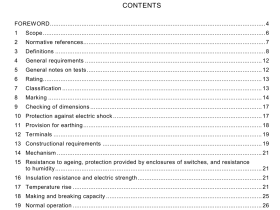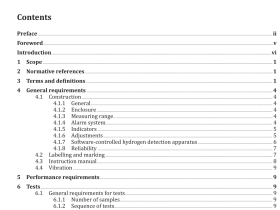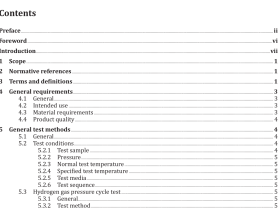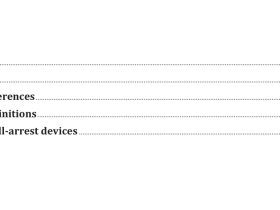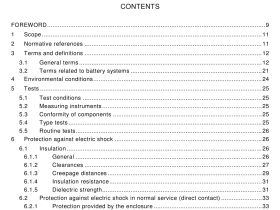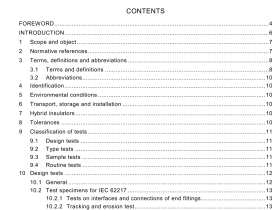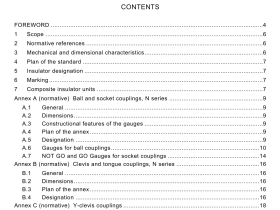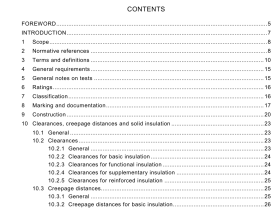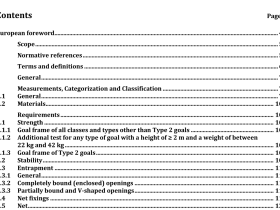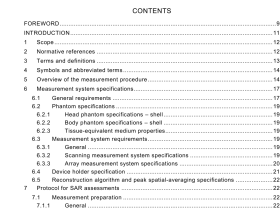AS 2890.5 pdf download
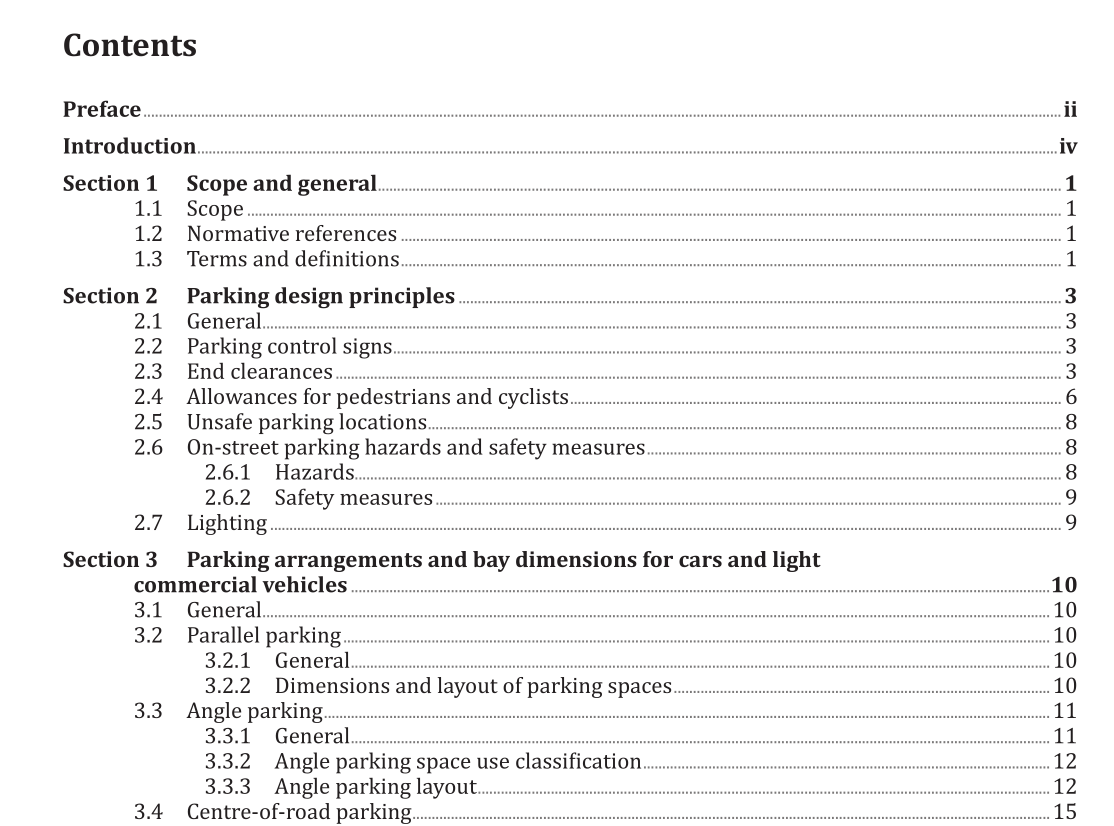
AS 2890.5 pdf download.Parking facilities
1.1 Scope
This Standard sets out requirements for the location, arrangement and dimensions of on-street parking facilities. It includes provisions for special classes of vehicles and for people with disabilities, together with guidelines for the control of parking. It normally applies to parking on public roads that provide for through traffic as well as traffic seeking access to immediately adjacent development. However, in large off-street car parking areas, high volume circulating roadways on which there is some parking may need to be treated in accordance with this Standard. On-street parking for buses is excluded from the scope of this Standard.
1.3 Terms and definitions
For the purposes of this document, the following terms and definitions apply. 1.3.1 bus large vehicle for the purposes of transporting people and that has seating for more than 12 persons, including the driver 1.3.2 cars and light commercial vehicles vehicles that meet the length and width requirements of the B99 classification defined in AS/NZS 2890.1 1.3.3 competent person person who has acquired, through education, training, qualification or experience or a combination of these, the knowledge and skill enabling that person to perform the task required 1.3.4 large vehicle vehicle that is longer or wider than the B99 classification defined in AS/NZS 2890.1 1.3.5 no stopping requirement that a vehicle may not be stopped or allowed to remain stationary 1.3.6 parking zone portion of a roadway available for parking, full-time or part-time, and designated by means of parking control signs Note 1 to entry: Refer to AS 1742.11. 1.3.7 road entire width of a right-of-way between property boundaries, and including footpaths and bicycle paths 1.3.8 roadway any one part of the width of a road devoted particularly to the use of vehicles, inclusive of shoulders and auxiliary lanes 1.3.9 safety buffer area between the parking space and the adjacent trafficable lane or cycle lane to assist with the safe entry and exit from a parked vehicle Note 1 to entry: The safety buffer is not intended as a designated operating space for bicycles. 1.3.10 . shall indicates that a statement is mandatory
2.4 Allowances for pedestrians and cyclists
On street parking should consider pedestrian and cyclist amenity and safety. Parking should minimize obstructions to pedestrians and cyclists. The following requirements shall be observed: (a) Angle parking, front-in – Provide a minimum 2.0 m of clear width for footpaths and 2.4 m for bicycle paths. Wheelstops may be required to control vehicle overhang encroachment. (b) Angle parking, reverse-in – Provide a minimum 2.4 m of clear width for footpaths and bicycle paths. Wheelstops may be required to control vehicle overhang encroachment. NOTE 1 Clear width is clear of any sign posts, power poles, landscaping, street furniture, etc as well as any vehicular overhangs. NOTE2 The effects of exhaust fumes on people should be considered in the determination of whether reverse-in parking is appropriate (e.g. outdoor dining area). NOTE 3 Front-in parking may create safety hazards when reversing out into traffic flow, . including cyclists. Where wheelstops are used they shall be 90 mm to 100 mm in height and at least 2.0 m in length. Wheelstops shall provide 30 % luminance contrast to the ground surface to facilitate visibility by people with vision impairment. The distance from wheelstop to kerb shall be 0.6 m for front-in parking and 0.9 m for reverse-in parking (see Figure 2.2]. Wheelstops shall be installed at right angles to the direction of parking. The use of wheelstops in locations where they may be a hazard to pedestrians or cyclists, should be avoided wherever practicable. NOTE4 See AS 1428.1 for luminance contrast test methods.
